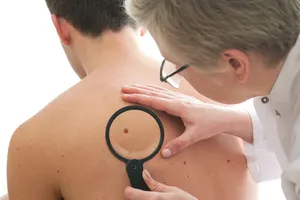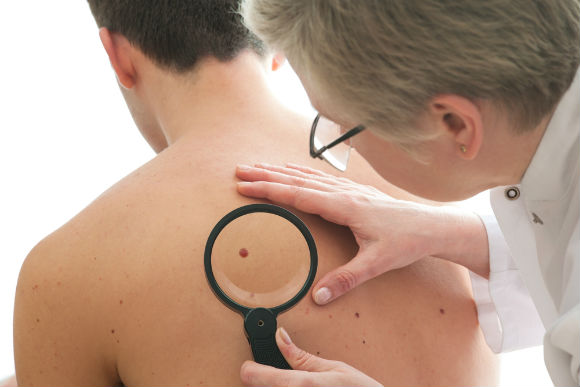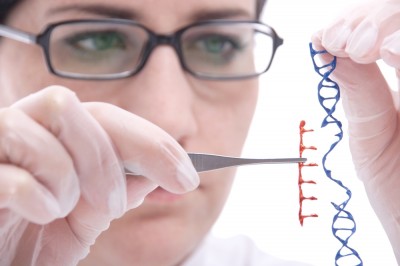
Researchers used four commonly used mole-check smart phone apps, containing 188 pictures of cancers and less concerning skin lesions that were removed and examined for cancer.
Findings showed that 3 out of the 4 apps considered cancerous lesions “benign” using automated algorithms and no medical professional. In fact, almost 1/3 of cases were labeled “non suspicious” when they actually required life-saving treatment or removal.
However, the fourth app only misdiagnosed one mole out of 53 images. It should be noted that the images submitted to this app were examined by a qualified skin care specialist.
This is why physicians caution against using phones and the internet to self-diagnose medical conditions. “It’s important that users don’t allow their apps to take the place of medical advice and physician diagnosis,” says Prof Laura Ferris, the study’s lead researcher. “If they see a concerning lesion but the smart phone applications incorrectly judges it to be benign, they may not follow up with a physician… diagnosis [of] a suspicious mole [can only be made] by a GP or dermatologist.”
This study does much to raise concerns about the regulations, or lack thereof, over medical-type applications. The Food and Drug Administration (a U.S. regulator) as well as the Medicines and Healthcare Products Regulatory Agency (a UK regulator) are looking at setting in place regulations. However, for the time being, health applications are assessed on a case-by-case basis.
Source: BBC News



